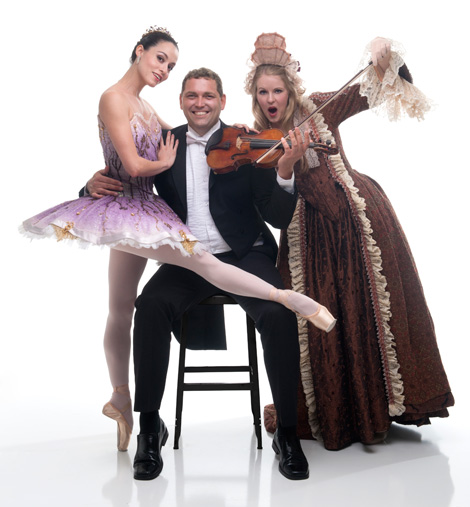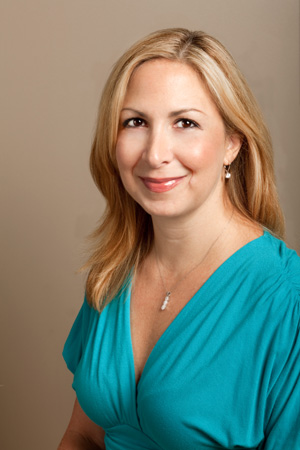The New Year is a new act for Arizona Opera. And, there’s much to sing about.

Construction is under way on the company’s 28,000-square-foot Opera Center, 16366 N. Central Ave., at the northwest corner of McDowell Road in the center of the city’s Arts District, near The Phoenix Art Museum, Phoenix Theatre, the Heard Museum and other cultural organizations.
Founded in 1971, Arizona Opera produces opera performances, concerts, in-school touring productions, education and outreach programs that reach more than 75,000 schoolchildren and adults annually in the Phoenix and Tucson areas. Led by its general director, Scott Altman, the organization is one of few opera companies nationwide to serve multiple cities.
For the first time in those 42 years, Arizona Opera’s administrative, artistic and production departments will work together in one location. Designed by Phoenix-based Motley Design Group LLC, the $8.5-million center includes the former Walsh Brothers building and new space.
The Opera Center will open in two phases: the 6,500-square-foot Black Box Theater by the end of 2012 and the administrative offices in late spring 2013. Brignall Construction, Phoenix, is the general contractor.
As construction progresses, Arizona Opera, in conjunction with Ballet Arizona and The Phoenix Symphony, is presenting TRIO, an inaugural gala and performance celebration Feb. 8, at Phoenix Symphony Hall. The first joint gala by Arizona’s premiere performing arts organizations, the evening includes an exclusive TRIO performance, dinner and entertainment — all to support the companies’ educational and outreach programming.
“The new Opera Center will give visibility to Arizona Opera in a way we have never had before,” says Mindy Riesenberg, the company’s director of Marketing and External Affairs. “We will have a presence and a ‘face’ that the community will begin to recognize and get to know better.”

Mindy Riesenberg
Director of Marketing and External Affairs
Easily accessible by light rail, the new center will also include an education opera theater; upper-level patron viewing gallery; two vocal studios featuring Steinway pianos; costume, wig and make-up pavilions; music and opera archive library; and an outdoor public pavilion to engage Arizonans right from Central Avenue.
“We’ll be able to reach out to the community in ways we never could before and create partnerships with other organizations to bring the joy of music to the public,” adds Riesenberg, a Southern California native who has directed the marketing departments at cultural institutions such as the San Diego Museum of Art, Kimbell Art Museum in Fort Worth, Texas, Walters Art Museum in Baltimore, Ma., and, most recently, at Phoenix Art Museum.
The inaugural TRIO Gala in February exemplifies these new relationships. For the first time, the annual fundraising events of each organization will be combined in support of live performing arts education and outreach.
“We’ve been working on partnerships with Ballet Arizona and The Phoenix Symphony over the past year to streamline our organizational functions and needs,” Riesenberg says. One aspect of this is that the three arts organizations are participating in a new networking and ticketing consortium through the Tessitura database system.
“This will allow us to enhance our ticketing and constituent databases, share information as needed and even bundle ticket packages together,” she says, noting that only some information will be shared among Arizona Opera, Ballet Arizona and the Phoenix Symphony.
“The TRIO Gala will be a great way for the patrons of Arizona Opera, Ballet Arizona and the Phoenix Symphony to support all three organizations at one exciting event that will showcase the talents of all three organizations,” says Nancy Spetzler, co-chair of TRIO Steering Committee and a member of the Arizona Opera Board of Trustees.
“We are hoping our supporters will recognize the benefits of this new model and appreciate our desire to be more efficient with our fund-raising dollars and respectful of our patrons’ busy lives,” she adds.
Because of the new center, Arizona Opera plans to host community events and activities in the Black Box Theater, hold more educational activities for children and low-income communities and become involved in Phoenix’s First Fridays events, Riesenberg explains.
With the opening of the new Opera Center, the types of performances and productions will also change for the company. In 2013–14, four productions will appear at Phoenix Symphony Hall and Tucson Music Hall and one production in the new Black Box Theater.
“This fifth production of the season will be a more intimate, up-close-and-personal opera experience, the way opera was originally meant to be performed and seen and heard,” says Riesenberg, “We cannot wait to present our first production in this space.”
While the new Opera Center is being prepared, this season Arizona Opera will perform “Lucia di Lammermoor,” “Romèo et Juliette,” “Tosca,” “Il Trovatore” and “The Marriage of Figaro” at Phoenix Symphony Hall and in Tucson.
Most important is the effect the new Opera Center will have on quality, energy and cohesiveness. “It allows us to bring our staff together in one location (artistic, production and administrative), helping us to work more closely together to create synergies between the departments that will assist us in promoting and producing great opera,” Riesenberg says.
Since the company moved to Phoenix two years ago, the artistic and production staff has worked from a large warehouse in Mesa and the administrative staff from a small office building in central Phoenix. “While rehearsals were taking place in Mesa, the marketing staff was trying to promote productions out of the Phoenix location,” she adds.
“There was a lot of driving across the Phoenix Metro area in order for photos to be taken at rehearsals, meetings to be held between finance and production, for staff to get to know the visiting artists and the like,” she explains. This locational disjunction also meant that the production department had to transport costumes and props and set design from Mesa to downtown Phoenix for each performance at Phoenix Symphony Hall.
Now, a mile from Symphony Hall, Arizona Opera will have rehearsals at the Black Box Theater — not only reducing stress on performing and administrative staff but also allowing for the community to enjoy rehearsals, special performances and other events just by stopping by the new facility on Central Avenue. In addition, the new center allows significant amortization of operational costs over that of maintaining multiple offices.
While money raised from the Gala will not directly fund the new Opera Center, Arizona Opera is continuing its $8.5-million “Raising Our Voice” capital campaign to do so. Those interested may, for instance, purchase three sizes of engraved bricks, based on membership level, for the plaza outside the center.
“Our new building is everything for us — a home base, finally!; a way for us to hone our branding; to engage the community; to further reach out to our children — and, most importantly, to share with even more of our neighbors the passion, the glory and the artistic achievement of great opera,” Riesenberg says.
For more information on the new Opera Center, see www.azopera.org or call 602.266.7464. For more about the TRIO Gala in February, visit trioevent.org or call 602.495.1999. Tables of 10 are available at various sponsorship levels for the Gala; single tickets for the dinner and evening performance are $500. Performance-only tickets can also be purchased.